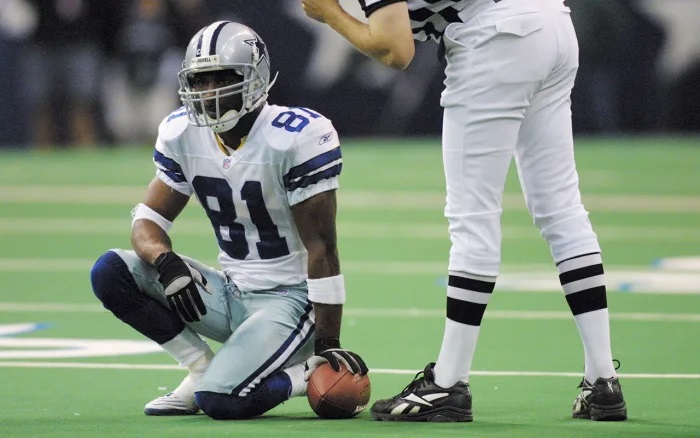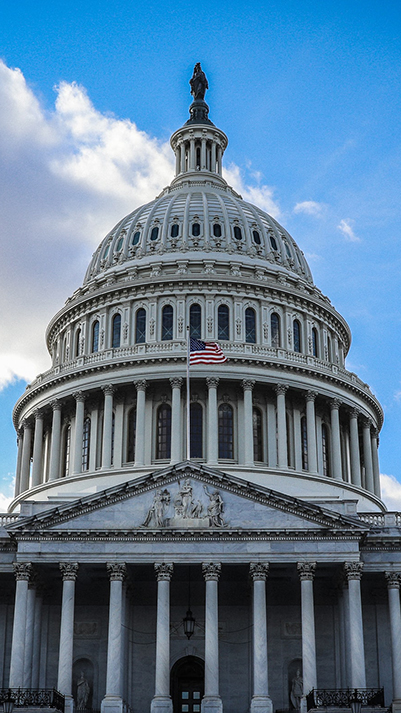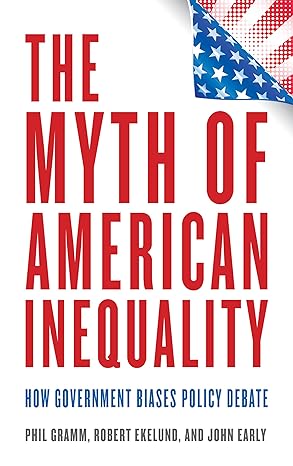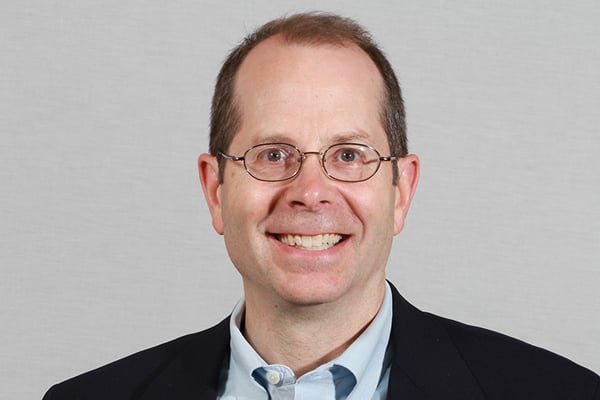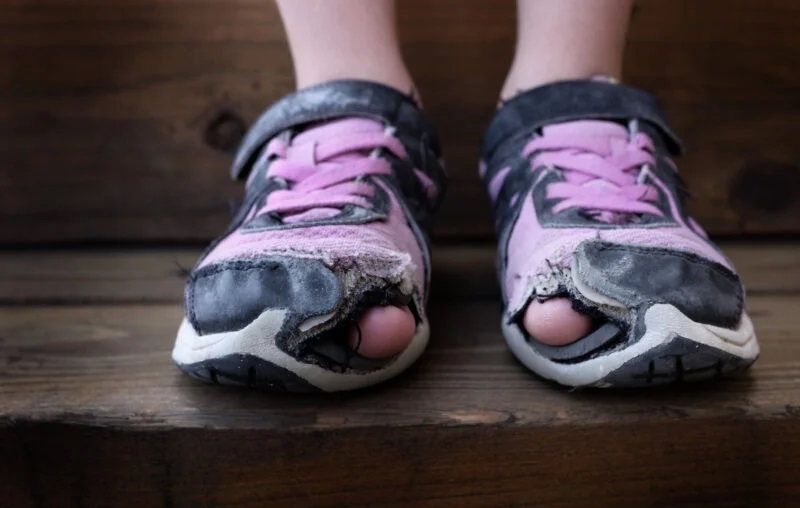Almost all NFL football players are potentially rich. A career lasting 6 years (the median length) will provide an NFL player with more earnings than an average college graduate will get in an entire lifetime, plus a modest pension. Yet within 12 years after retirement, 12.7% of players have filed for bankruptcy (presumably becoming “poor.”)
